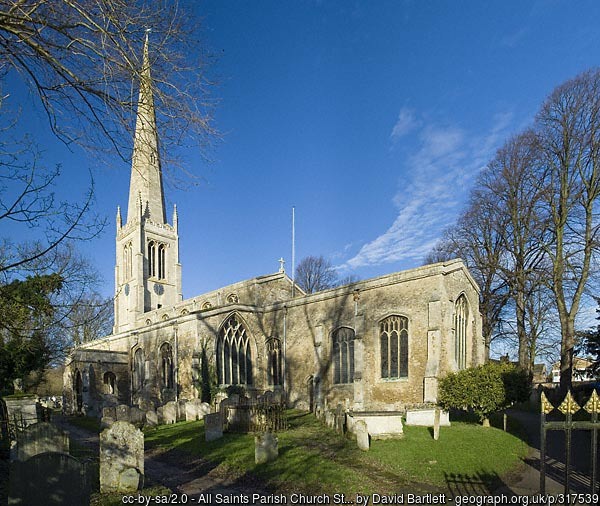I have researched and published five books relating to the War Memorials, ranging from my village to schools and colleges I attended, as well as Waterlooville, Purbrook and Cowplain. I was surprised to find how many of the RAF deaths were the result of accidents and bad weather rather than by enemy fire. In fact 66 men were killed by enemy fire and 60 died for other reasons. I find these statistics quite shocking.
Three such deaths relate to my own small Cambridgeshire village (population c.800). First is a report in the local newspaper (15 march 1918) reporting the inquest into the death of Sec Lt Cecil Newton Royal Flying Corps whose plane crashed in a field belonging to Robert Cole, a fruit grower. He witnessed the crash stating that the engine was not running smoothly and the plane simply nose-dived into the ground. He ran to the spot and pulled the pilot out but he was already dead. Lt Charles Consup RFC, Commanding Officer stated that Lt Newton had commenced flying on January 8 and had done just 2½ hours solo flying. He thought Lt Newton was trying to land but the engine was misfiring and the pilot lost control of the aircraft.
In the village churchyard is the grave of Sgt Horace Whybrow, an air gunner killed 17 December 1943 serving with 100 Squadron, Bomber Command based at Grimsby. The target was Berlin. All 17 of the Squadron Lancasters survived the raid but on return found a thick blanket of fog covering the whole of Eastern England. The pilots could not locate their airfields. Two bombers collided whilst circling trying to find the aerodrome. Whybrow’s aircraft, piloted by Wing Commander D Holford DSO, DFC, crashed in the nearby village of Kelstorn. Only two of the crew survived. All told 29 bombers crashed as a result of the fog, all across East Anglia and 148 aircrew died.
Another casualty was Sgt Leonard Stockbridge, a wireless operator Air Gunner killed 3 April 1943. He was serving with 500 Squadron based at Blida in Algeria. Their Hudson bombers had the task of escorting convoys sailing between Gibraltar and Algiers. On returning safely from their third patrol they ran into bad weather essentially a dust storm caused by the Sirocco, a hot dry wind blowing in from the Sahara desert. The pilot got disorientated, lost contact with the aerodrome and crashed into high ground at Charrien a few miles west of the aerodrome at Kolea. The aircraft exploded and caught fire. All crew members were killed.
Finally just a week or so after the fatal plane crash in my village another pilot was killed in the nearby market town of St Ives (Huntingdonshire). Lt K Wastell was undergoing pilot training at the nearby aerodrome at Wyton. He flew straight into the steeple of the parish church close to the River Ouse which was enshrouded in thick mist. Another victim of bad weather.
John Symonds





